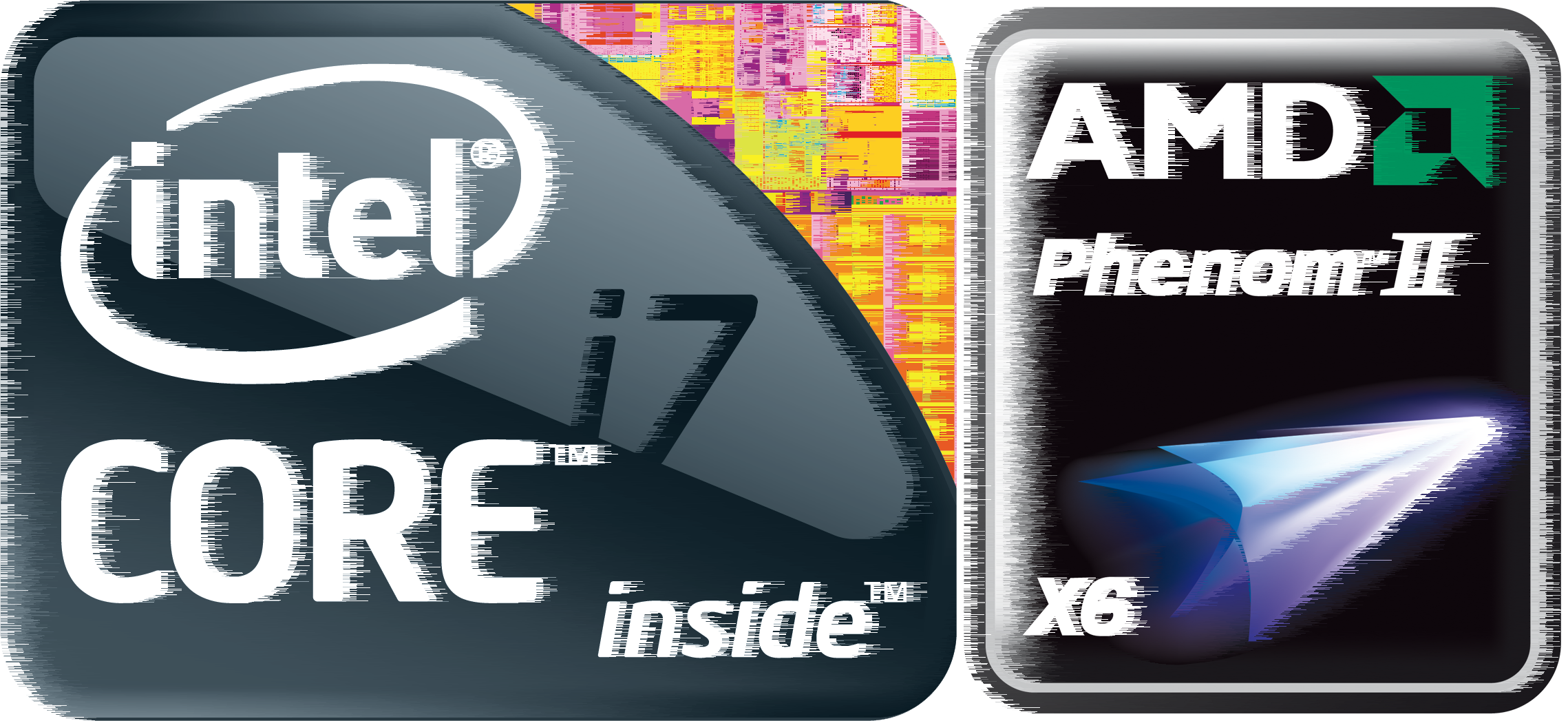CORE Or Boost? AMD's And Intel's Turbo Features Dissected
Intel arms its Core i5 and Core i7 CPUs with Turbo Boost. AMD's hexa-core Phenom II X6 chips sport Turbo CORE. Both technologies dynamically increase performance based on perceived workloads and available thermal headroom. Which one does the better job?
Which Is The Best Acceleration Technology?
Automotive turbochargers increase torque and power output, which is why they're used to increase the air-fuel mixture rate per combustion cycle. AMD’s and Intel’s performance-improving technologies don't actually a require an additional piece of hardware bolted on like a turbo would be, but they both invoke the gas compressor namesake anyway.
Instead, both companies' latest six-core models dynamically increase their clock rates to deliver better performance under workload conditions that allow for faster frequencies. We wanted to see whether Intel's Turbo Boost or AMD's Turbo CORE is the better implementation.
Intel was first to offer this performance-enhancing feature. Its Nehalem architecture and the Core i7-900 family first introduced Turbo Boost in late 2008. The technology is capable of accelerating all cores by one clock speed bin (133 MHz) and one or two cores by two speed increments (depending on the particular model). In 2009, the Lynnfield Core i5/i7 quad-core processors for LGA 1156 enabled a more advanced implementation able to accelerate one or two cores by four clock speed increments. The 800-series even bumps clock speed up by five clock speed bins for a single core. One speed bin equals 133 MHz at stock speed, so we’re effectively talking about a 133 to 533 MHz dynamic increase. Turbo Boost is also an available feature on the Clarkdale-based Core i5 dual-core chips.
AMD introduced Turbo CORE with its six-core Phenom II X6 and will keep adding the feature to new models. While Intel's implementation allows the CPU to specifically accelerate one or more cores, AMD’s approach only accelerates three cores in the case of a six-core CPU and only two with quad-core processors.
We grabbed the latest AMD Phenom II X6 and Core i7-980X six-core processors to find out which implementation works best across our benchmark suite in terms of performance and power efficiency. Since the performance level of these two chips is rather different—Intel has more punch—we decided to compare benchmark results with and without the Turbo feature and normalize these to 100% for the non-Turbo results. This way we can compare the relative impact on the respective configurations despite the absolute performance difference. In short, which Turbo implementation gives you more bang for the buck?
Get Tom's Hardware's best news and in-depth reviews, straight to your inbox.
Current page: Which Is The Best Acceleration Technology?
Next Page AMD: Turbo CORE